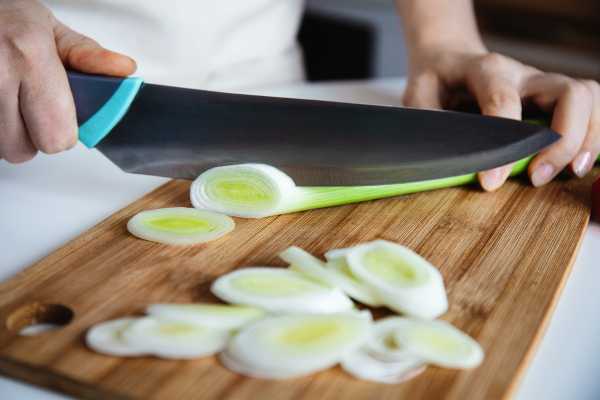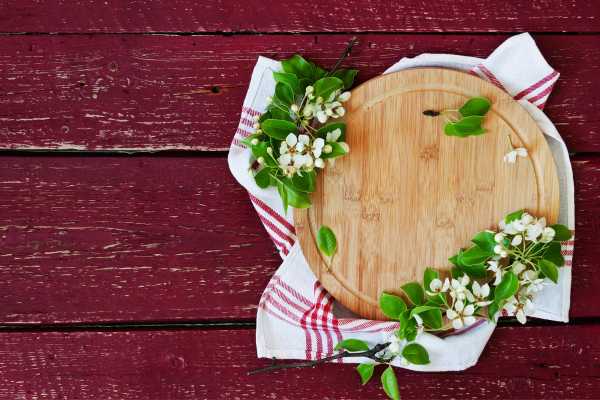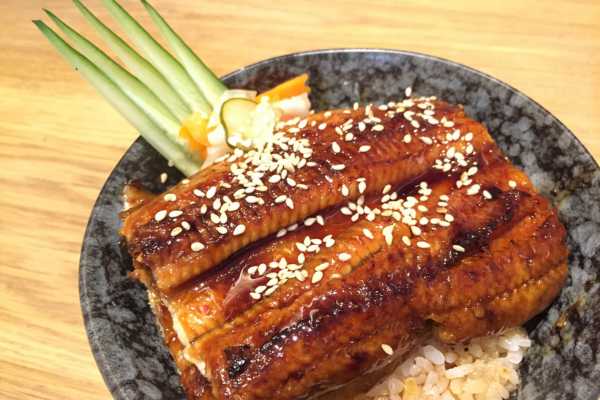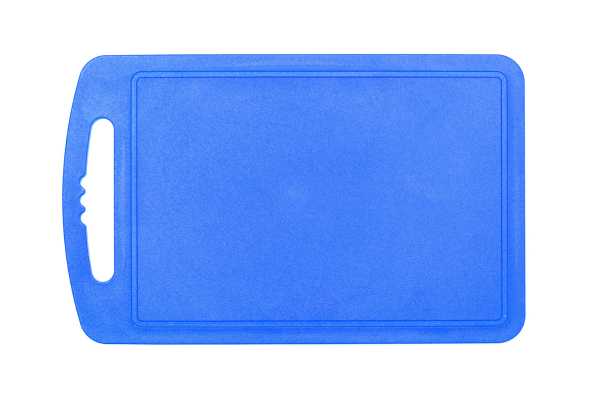Bamboo cutting boards are a popular choice in many kitchens due to their durability, eco-friendliness, and natural antimicrobial properties. However, to keep these boards in top condition, it’s essential to follow a few key care steps. In this guide, we’ll walk you through how to care for bamboo cutting boards, from proper cleaning techniques to maintenance tips that prolong their lifespan. Whether you’re dealing with stains, looking to prevent cracks, or simply want to keep your board looking as good as new, this comprehensive approach will ensure your bamboo cutting board remains a reliable kitchen companion for years to come. Read on for essential tips and tricks!
Why Choose a Bamboo Cutting Board

Bamboo cutting boards stand out as an excellent choice for home cooks and professionals alike. Known for their impressive hardness, bamboo boards resist deep cuts and are less likely to harbor bacteria, thanks to their natural antimicrobial properties. Additionally, bamboo is a sustainable resource, growing quickly and requiring minimal pesticides, making it an eco-friendly option. Compared to plastic boards, which can wear down and absorb odors, or hardwood boards, which often require extensive maintenance, bamboo offers a balanced solution that’s both durable and easy to care for. With proper maintenance, your bamboo cutting board will not only last longer but also continue looking and performing like new.
Initial Care: Preparing Your Bamboo Cutting Board

Before using your bamboo cutting board for the first time, it’s essential to properly condition it. Start by applying a generous amount of food-grade mineral oil or beeswax to the entire surface of the board. Let the oil soak in for a few hours, then wipe away any excess with a clean cloth. This conditioning step creates a protective seal, helping to repel moisture and prevent cracking over time. By using food-safe oils, you ensure that the board remains non-toxic and ready for food preparation. Regular conditioning not only enhances the board’s durability but also preserves its smooth, attractive finish for long-lasting use in your kitchen.
Daily Cleaning Practices
To keep your care for bamboo cutting boards in prime condition, daily cleaning is essential. Start by rinsing the board with warm water and a small amount of mild dish soap after each use. Gently scrub with a soft sponge to remove food particles without damaging the surface. Avoid using harsh detergents, as they can strip the bamboo’s natural oils and lead to cracking. Once clean, thoroughly rinse off any soap residue and immediately pat the board dry with a clean towel. For best results, allow it to air dry upright to prevent water from seeping in, ensuring your bamboo cutting board stays beautiful and long-lasting.
Deep Cleaning Routine

For a thorough deep clean, care for bamboo cutting boards benefit from natural yet powerful solutions. Begin by spreading baking soda over the surface and scrubbing gently to remove stains. For more stubborn spots, apply a mix of white vinegar and water to break down residue without damaging the bamboo. To sanitize and tackle lingering odors, use a diluted solution—one part white vinegar to four parts water—or a mild bleach mixture. Rinse the board thoroughly and allow it to air-dry upright to prevent warping. Regular deep cleaning with these safe methods keeps your Wooden cutting board fresh, odor-free, and ready for daily use.
Proper Drying Techniques
Thorough drying is essential for maintaining your bamboo cutting board’s shape and durability. After each wash, quickly pat the board dry with a clean towel, then stand it upright to air-dry completely. This prevents moisture from settling, which can lead to warping and cracking over time. Avoid exposing the board to direct sunlight or placing it near heat sources, as these can cause the bamboo to dry out and split. By following these simple drying steps, you’ll help your Wooden cutting Slab last longer while keeping it in optimal condition for everyday use in your kitchen.
Regular Oiling and Conditioning
To keep your bamboo cutting board in peak condition, regular oiling is essential. Apply a thin layer of food-safe mineral oil or a specialized bamboo oil every few weeks, especially when the board looks dry or dull. Let the oil soak in overnight for maximum conditioning. This simple step helps prevent cracks, keeps the Wooden fibers from drying out, and enhances the board’s natural beauty. Regular conditioning also adds a protective layer that repels moisture, extending the board’s lifespan and preserving its smooth surface. By keeping your Wooden Slab well-oiled, you’ll ensure it remains a reliable and attractive part of your kitchen setup.
Preventing Damage: Do’s and Don’ts

To keep your bamboo cutting board in top shape, avoid common mistakes that can lead to damage. Never soak the board in water or put it in the dishwasher; both can cause warping and cracking. Instead, wash by hand with mild soap and warm water. Additionally, avoid cutting acidic foods, like lemons or tomatoes, directly on the Slab, as they can cause stains and absorb odors. Always dry the Slab thoroughly and store it in a dry place to prevent moisture buildup. These simple do’s and don’ts will help your Wooden cutting board stay durable, stain-free, and looking fresh for years to come.
Handling Stains and Odors
To handle stains and odors on bamboo cutting boards, natural methods work best. Start by sprinkling salt on the board, then rub it with a lemon half—this combination helps lift stains while neutralizing odors. For tougher spots, try applying baking soda and scrubbing gently to break down residue without damaging the bamboo. If persistent odors linger, rinse with a white vinegar solution to refresh the Slab naturally. Avoid harsh chemicals, as they can damage the surface and affect food safety. Following these simple, eco-friendly steps will keep your bamboo cutting Slab looking and smelling fresh for continued use in your kitchen.
Repairing Surface Scratches and Damage
To repair minor scratches on a bamboo cutting board, start by lightly sanding the surface with fine-grit sandpaper. Sand in the direction of the grain until the scratches smooth out, revealing a fresh, clean surface. After sanding, thoroughly wipe away any dust and apply a generous layer of food-safe mineral oil to recondition the Slab. This re-oiling step is essential to restore the board’s protective layer, preventing it from drying out or cracking. Let the oil absorb overnight, and repeat the process if needed. Regular maintenance like this will keep your Wooden cutting Slab looking new and ready for daily use.
Storing Your Bamboo Cutting Board

Proper storage is crucial to maintaining the shape and longevity of your bamboo cutting board. Always store it in a cool, dry place to prevent moisture damage or warping. Keeping the Slab upright allows air circulation on all sides, reducing the risk of trapped moisture that can lead to mold growth. Avoid placing it in damp cabinets or near heat sources, as these conditions can cause cracking and splitting. If possible, use a rack or stand that allows the Slab to stay upright, making it easier to dry completely between uses. Following these storage tips helps preserve your bamboo cutting Slab, keeping it ready for your next cooking adventure.
Conclusion
Caring for your bamboo cutting board doesn’t have to be complicated. With regular cleaning, conditioning, and proper storage, you can extend its lifespan and keep it looking new for years. Following these steps on how to care for bamboo cutting boards not only preserves their natural beauty but also ensures a safe, hygienic surface for food preparation. From deep cleaning with natural solutions to storing it in a cool, dry spot, these easy practices make all the difference. Invest a little time in maintenance, and your Wooden cutting board will remain a reliable, eco-friendly kitchen essential that enhances both functionality and style.

